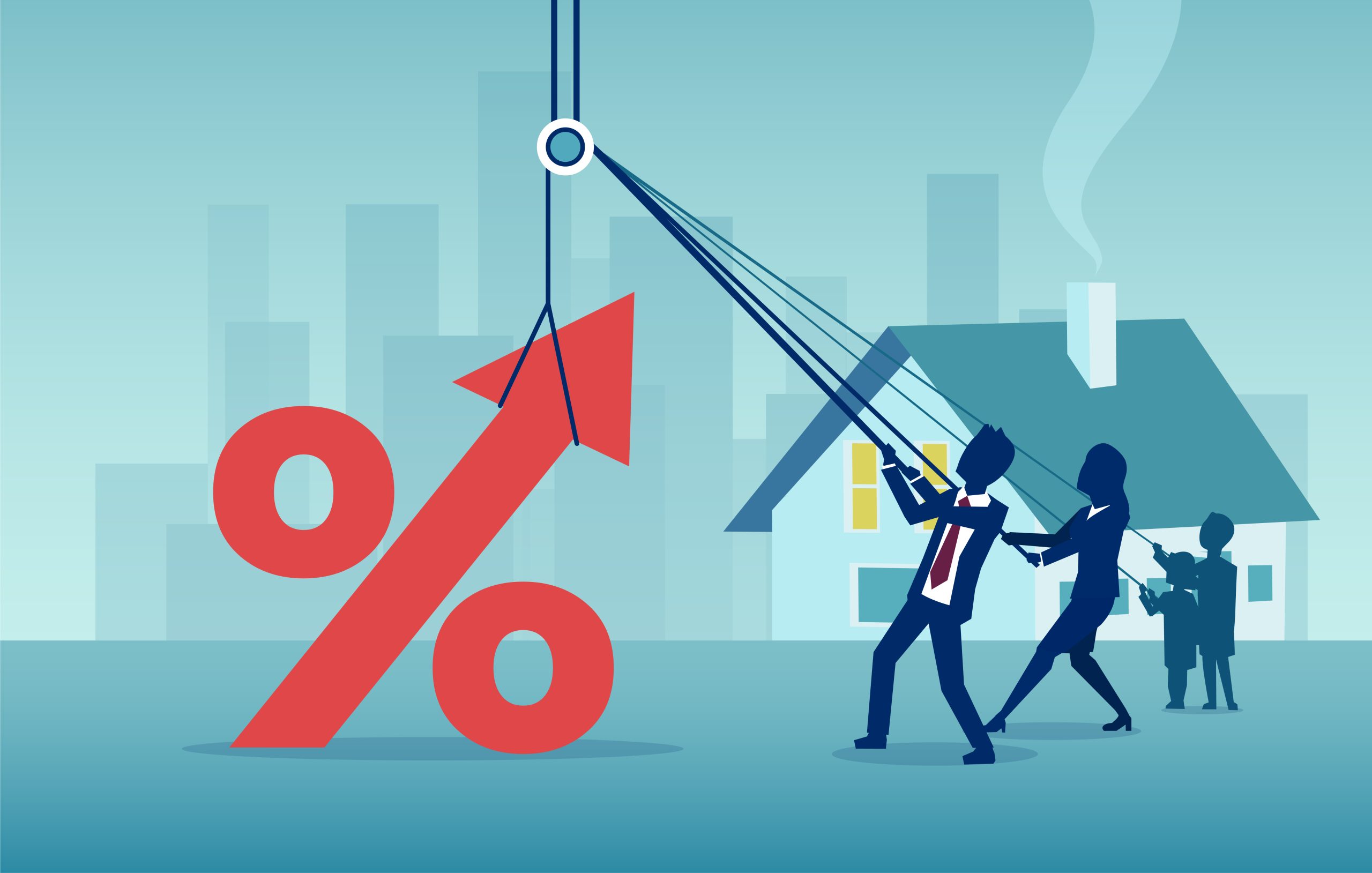

Homeownership brings both pride and responsibility. As you settle into your dream home, one crucial aspect to consider is homeowners’ insurance. But why do insurance rates vary so significantly based on where you live? Let’s explore the intricate relationship between geography and insurance premiums.
Your home’s location plays a pivotal role in determining insurance costs. Here’s why:
Let’s delve into specific states where geography significantly impacts insurance rates:
Colorado: Wildfires and hailstorms impact Colorado’s homeowners, leading to an average premium of $4,099.
While some states face higher premiums, others enjoy more affordable insurance costs:
Delaware: Delawareans pay an average of $1,384 for homeowners’ insurance, thanks to its moderate climate and fewer natural disasters.
Beyond location, other factors influence insurance rates:
Coverage Levels: Higher coverage means higher premiums.
Geography shapes homeowners’ insurance rates, but proactive steps can help you find affordable coverage. Whether you’re in the heart of Tornado Alley or enjoying the ocean breeze in Hawaii, understanding the impact empowers you to make informed decisions. Protect your sanctuary wisely!
Remember, your home is more than just walls and a roof—it’s your peace of mind.
To provide the best experiences, we use technologies like cookies to store and/or access device information, including advertising and analytics, and technology that documents your interaction and consent. Consenting to these technologies will allow us to process data such as browsing behavior, consent, and advertising and analytics. Without a selection, our default cookie settings will apply.